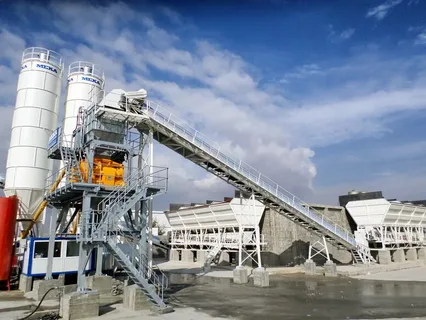Why Concrete/GRP Tank Cleaning is Essential for Safe Water Storage

Water storage tanks play a critical role in ensuring a steady supply of clean water for residential, commercial, and industrial use. However, over time, these tanks accumulate sediment, bacteria, algae, and other contaminants, which can compromise water quality. Regular Concrete/GRP Tank cleaning is essential to maintain hygiene, prevent contamination, and ensure safe water storage.
The Importance of Regular Tank Cleaning
Preventing Contamination
Water stored in tanks is susceptible to contamination from dirt, bacteria, and algae growth. Without regular Concrete/GRP Tank cleaning, harmful microorganisms like E. coli and Legionella can develop, posing serious health risks. Cleaning removes these contaminants and ensures that the water remains safe for consumption and use.
Removing Sediment and Sludge Build-Up
Over time, sediment and sludge settle at the bottom of water tanks. These particles can cause blockages in pipes and damage water pumps. Regular cleaning helps eliminate sludge buildup, improving water flow and maintaining the efficiency of the storage system.
Preventing Bad Odors and Taste
A neglected water tank often develops a foul smell due to bacterial and algae growth. This can affect the taste and quality of the stored water. Cleaning the tank at regular intervals helps in maintaining fresh and odor-free water.
Ensuring Compliance with Health and Safety Standards
Many regulatory bodies require regular Concrete/GRP Tank cleaning to ensure water hygiene. Failing to comply with these regulations can result in fines and penalties, especially for businesses. Routine cleaning ensures compliance and prevents legal complications.
Extending the Lifespan of the Tank
Dirt, debris, and chemical deposits can weaken the internal structure of concrete and GRP tanks over time. Regular cleaning prevents corrosion and structural damage, extending the lifespan of the tank and reducing maintenance costs.
Best Practices for Concrete/GRP Tank Cleaning
To ensure effective cleaning without causing damage, follow these best practices:
Drain the Tank Completely
Before cleaning, all water must be drained to allow access to every part of the tank. This prevents contamination of fresh water during the cleaning process.
Use Non-Toxic Cleaning Agents
Harsh chemicals can leave harmful residues that may contaminate the stored water. Always use approved, non-toxic cleaning agents to ensure safety.
Scrub and Disinfect the Interior
Scrubbing the walls and floor of the tank helps remove algae and bacterial growth. Disinfecting the tank afterward ensures that no harmful microorganisms remain.
Rinse and Refill with Clean Water
Once the cleaning process is complete, the tank should be thoroughly rinsed to remove any residual cleaning agents. It can then be refilled with fresh, clean water.
Schedule Regular Maintenance
Routine Concrete/GRP Tank cleaning should be performed at least once or twice a year to maintain water quality and prevent health hazards.
Conclusion
Regular Concrete/GRP Tank cleaning is essential for maintaining safe water storage, preventing contamination, and ensuring compliance with health regulations. A well-maintained tank extends the lifespan of the system and guarantees a clean water supply. For professional and reliable tank cleaning services, ZENITH CREW ELECTROMECHANICAL & MAINTENANCE COMPANY provides top-notch solutions, ensuring your water storage remains safe and efficient.
Trust ZENITH CREW ELECTROMECHANICAL & MAINTENANCE COMPANY for expert cleaning services that prioritize water safety and hygiene!